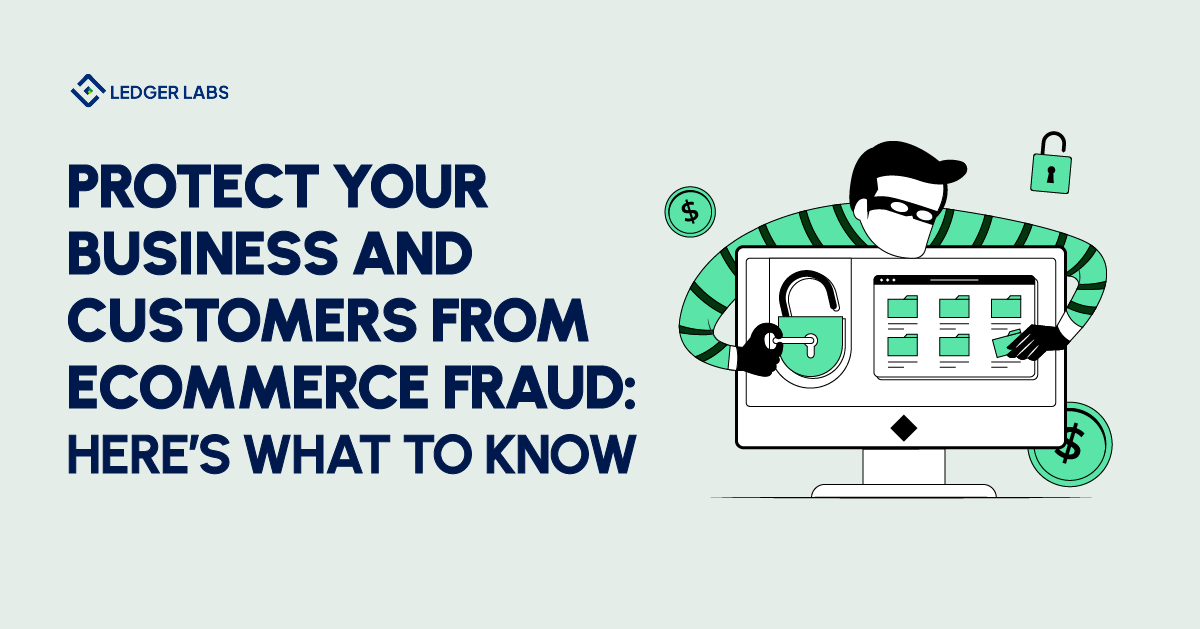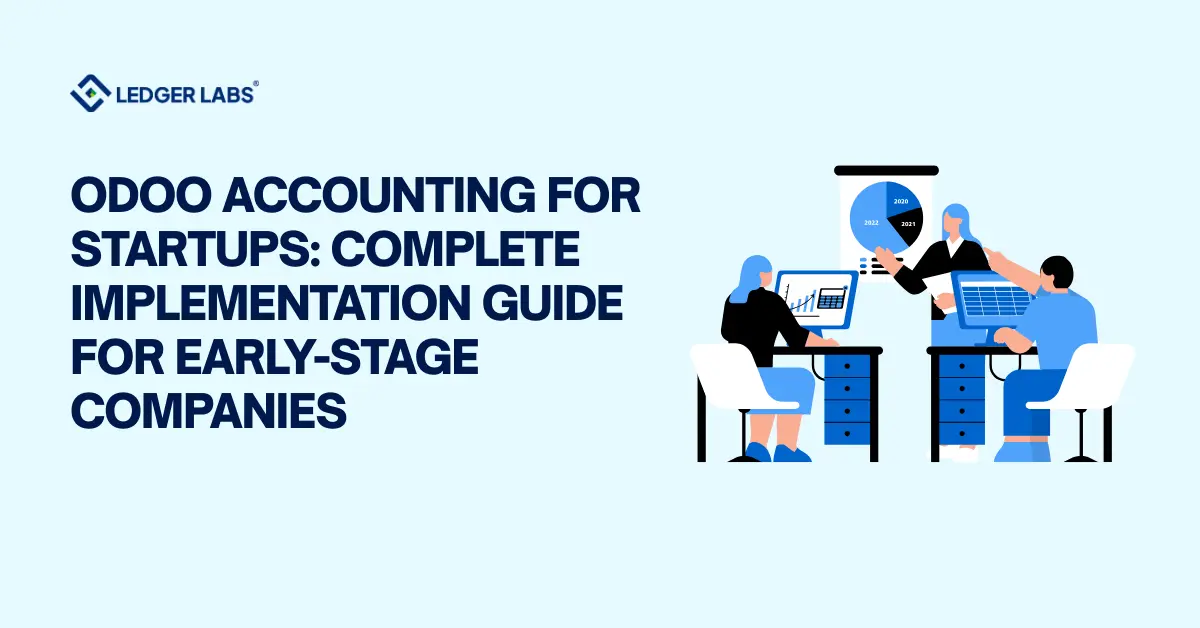In today’s digital age, e-commerce has revolutionized the way we shop, it’s convenient and offers variety at the click of a button. But with this growth comes a dark side i.e. ecommerce fraud. It is probably the biggest fear of all online stores. The research suggests that internet businesses lose about $48 billion to scams each year.
Fraudulent activities in e-commerce, such as identity theft, account takeovers, phishing scams, and chargeback fraud, are increasing day by day. This poses a significant threat to businesses and consumers alike, leading to financial losses and damaged reputations. According to fraud statistics, an e-commerce store loses about $207 for every $100 in fraudulent orders. That’s huge if you see it on a larger scale.
However, the question is why is this happening now more than ever? The simple explanation is as e-commerce sales are skyrocketing, so are the opportunities for fraudsters to exploit vulnerabilities. In this blog, we will understand various types of online fraud and their impact on your business. We’ll also look at how outsourcing ecommerce accounting services is one of the best strategies to protect your small business from scams. So, let’s dive in
- Understanding different types of ecommerce fraud is the first step to preventing it from happening.
- AVS, CVV verification, and IP address analysis are some of the robust fraud detection methods you can implement.
- Recognizing warning signs like unusual purchase patterns and high chargeback rates can help you catch scams early.
- Outsourcing accounting services can boost financial transparency and lift the burden of finding fraudulent activities off your shoulders.
- Setting up internal controls with the help of accountants can significantly reduce the risk of online scams.
What is Ecommerce Fraud and How Does It Occur?
Ecommerce fraud has become an alarming reality for both online retailers and shoppers. But what exactly is online fraud? Simply put, it’s an illegal practice used to steal money or sensitive information through online transactions. It can take many forms, from identity theft and account takeovers to phishing scams and chargeback fraud.
One of the reasons why e-commerce fraud is so out of hand is the anonymity of online transactions. Due to this, it is easier for scammers to find an opportunity to cheat without getting caught. Unlike in brick-and-mortar stores, online transactions don’t require the physical presence of an individual to use the credit card. This allows criminals to steal and use stolen information from anywhere.
Other than this, there are many ways an online fraud could happen and we’ll discuss them later in this blog.
How Can You Identify Fraudulent Behavior in Ecommerce Businesses?
Detecting fraudulent behavior in your internet business is vital to protect your revenue and maintain customer trust. But you may be wondering how to identify these deceitful activities, that too faster. Well, there are some solid techniques to focus on for ecommerce fraud prevention. By taking the following approaches, you can identify fraud before it causes significant harm:
- Monitor Various Stages of Transaction: To start with, it’s essential to understand that fraud can occur at various points in an online transaction: during signup, login, and checkout. When you track these stages closely, chances are you can catch suspicious activities early on.
- Leverage Data Analytics: Analyzing transaction data is another way to spot inconsistencies and red flags. For instance, an order placed with a U.S. credit card but shipping to an unusual location like Croatia should raise suspicion.
- Look for A Card Bank Identification Number. This technique helps you gather information about the card being used, including its validity, origin, and type. Prepaid cards often carry more risk than standard credit cards, so knowing this can help you assess the transaction’s legitimacy.
- Check Social Footprint: Another effective method for identifying online fraud, and if time allows, is to verify the cardholder’s identity through public data available on social media. This way you can confirm whether the transaction is genuine.
- Keep an Eye Out for Low-value Transactions: Online spammers often test stolen cards with small transactions before making larger purchases. Are you witnessing multiple low-value transactions from the same account? If that’s the case, these patterns could indicate card testing attempts by fraudsters.
- Identify Connections Between Users: A powerful tool to spot suspicious connections, such as multiple accounts created from the same IP address. You can block multi-account fraudsters trying to abuse your promotions or bonuses by gathering data on your shoppers.
- Check How Users Connect to Your Website: Customers using VPNs, proxies, or emulators to log in to your site might be trying to spoof their data. Hence, be extra vigilant with such connections as they are often associated with fraudulent activities.
You can easily implement these methods using advanced ecommerce fraud software. Features like risk scoring, user fingerprinting, and machine learning make sure you are prepared from the get-go.
7 Types of Common Ecommerce Fraud
As mentioned previously, ecommerce fraud can take any form. Therefore, it is important to understand them to safeguard your business and customers from harm. Each kind of fraud poses unique threats and requires specific strategies to combat. Here’s a detailed look at the most common types:
1. Transaction Fraud
What is it?
Transaction fraud, often known as credit card or Card Not Present (CNP) fraud, occurs when someone uses a stolen credit card to make unauthorized purchases online.
How does it work?
Fraudsters typically obtain stolen credit card information through data breaches, phishing, or skimming devices. Then, they use this data to place orders on e-commerce sites, making it seem legitimate. Once the fraud is detected, the authorized cardholder may request a chargeback, forcing you to refund the transaction.
2. Friendly Fraud
What is it?
Also known as first-party fraud, it is when a customer disputes a legitimate transaction with their credit card issuer to get a refund. They often cause controversy under false pretenses.
How does it work?
There are three main categories in this type:
- Innocent or Accidental Requests: Customers may not recognize a purchase made with their own card.
- Opportunistic Friendly Fraud: Some shoppers might exploit store policies they dislike or have buyer’s remorse.
- Malicious Friendly Fraud: A few customers plan to request a chargeback from the start. To do so, they either claim an item never arrived or say it was defective when delivered.
3. Return Fraud
What is it?
It occurs when customers abuse return policies to get undeserved refunds or profits.
How does it work?
- Receipt Fraud: When a shopper uses fake or stolen receipts to return items.
- Switch Fraud: Returning a damaged item instead of the delivered working one.
- Bricking: Damaging an electronic item before returning it.
- Open-Box Fraud: Returning used items as new.
- Inventory Depletion: Purchasing entire inventories to resell elsewhere and then return the items.
4. Wardrobing
What is it?
Wardrobing is a type of return fraud where customers buy clothing, use it for a brief time, and then return it.
How does it work?
Shoppers exploit the return policies by wearing items for a short time and returning them. This practice is more prevalent online compared to physical stores as there are no stricter return policies for apparel.
5. Triangulation Fraud
What is it?
Triangulation fraud involves three parties: a legitimate customer, a legitimate online store, and a fraudulent online store.
How does it work?
A customer buys from a fraudulent seller on a marketplace. Then, a scammer steals their credit card to use the details to place an order with a legitimate store. After that, the business ships the item to the customer. When the cardholder notices the transaction and understands they haven’t ordered anything, they initiate a chargeback. And the store ends up refunding the money while the fraudster keeps the original payment.
6. Account Takeover Fraud
What is it?
Once a hacker gains unauthorized access to your customer’s online account, they perform illegal activities for profit.
How does it work?
Scammers use phishing, data breaches, or brute-force attacks to steal login credentials, which makes using a password manager a smart way to store credentials securely and reduce exposure. Once they access the account, they may alter account details or gather personal information for further crimes.
7. Bonus Abuse Fraud
What is it?
It involves exploiting promotional offers and bonuses designed to attract more customers.
How does it work?
Fraudsters create multiple fake accounts to exploit bonus programs like referral rewards or discount offers. As a result, it ultimately costs businesses more than intended.
Methods for Ecommerce Fraud Detection and Prevention
Ecommerce fraud prevention best practices are the key to maintaining the integrity of your business. You can avert these fraudulent activities if you employ a range of strategies in your business. They include:
- Address Verification System (AVS): This tool checks the billing address given during a transaction against the one on file with the card issuer. If there’s a mismatch, it can indicate potential fraud.
- Card Verification Value (CVV) Verification: Add an extra layer of security by asking customers to enter the CVV code from their card when purchasing. Doing so confirms that the cardholder is present during the transaction.
- IP Address Analysis: Checking the IP addresses of your customers can help detect suspicious activities. For instance, multiple transactions from the same IP in a short period may imply a scam.
- Biometric Authentication: Though an advanced method, integrating facial or voice recognition is one of the e-commerce anti-fraud techniques that can significantly reduce suspicious activities. It makes sure that only the authorized user can access their account.
- Machine Learning and AI: These technologies can analyze vast amounts of transaction data to identify patterns of fraudulent behavior. If you aren’t, it’s time to leverage AI to enhance your scam detection capabilities.
- Multi-Factor Authentication (MFA): Additional verification, like a one-time password (OTP), can make it much harder for scammers to gain unauthorized access.
- User Behavior Analysis: Analyzing the user behavior can identify anomalies that may signal fraud. Some unusual activities to look out for include a high amount of transactions or the continuous creation of a new account.
- Regular Security Audits: This can help you identify vulnerabilities in your business’s core process. When you understand your financial health thoroughly like income statements, you multiply your chances to avert scams. In a way, you can also update your security measures to stay ahead of evolving threats.
Warning Signs to Spot Ecommerce Fraud
So, till now, we’ve looked at some of the best e-commerce fraud solutions that might help you identify deceitful activities in your online business. However, there are some common red flags you must be aware of to catch fraud before they escalate. Here are some key indicators to look out for:
- Unusual Purchase Patterns: Are you seeing a sudden spike in high-value transactions or multiple purchases from the same account in a short period? This might indicate fraudulent activity.
- Inconsistent Information: Pay attention to discrepancies between the billing and shipping address.
- High Chargeback Rates: Disputes from the same customer can signal potential fraud.
- Suspicious IP Addresses: Transactions from regions with high fraud rates or IP addresses that don’t match the customer’s location can be a red flag.
- Multiple Failed Login Attempts: Numerous unsuccessful attempts to log in to their account could suggest a hacked account.
How An Accountant Helps Businesses Protect Against Ecommerce Fraud
An accountant is more than just a number-cruncher—they play a pivotal role in protecting your e-commerce business from fraud. By leveraging their expertise, they can offer advice on how to keep your online business safe from fraudsters. When a business seeks assistance from reliable ecommerce accounting services, this is how they contribute to fraud prevention:
1. Increase Transparency: An accountant helps create clarity in your financial statements. They meticulously document every transaction to make detection of internal or external wrongdoings easier. Their presence alone can deter potential fraudsters.
2. Conduct Risk Assessments: Accountants are skilled at identifying potential risks in your business operations. They thoroughly review transactions and business deals to spot any signs of fraudulent schemes, helping you avoid costly scams.
3. Set Up Internal Controls: A professional can help you establish:
- a) Preventive controls to deter fraud
- b) Detective controls to identify issues that slip through
- c) Corrective controls to address and fix problems
Final Verdict
Protecting your online business from fraud is an ongoing battle. But with the right strategies and ecommerce fraud software in place, you can significantly reduce the risk.
You know vigilance is key when it comes to protecting your company from scammers. As you gain more insights into different types of fraud or learn how to implement powerful detection methods, you may prevent your business from losses, financial and reputational.
Furthermore, accountants play an indispensable role in this fight. Their expertise can be a powerful asset in maintaining a secure ecommerce environment. So, seeking their help at the right time can save you thousands of dollars.
Are you looking for expert help? If so, The Ledger Labs stands out as a dependable ecommerce accounting services provider. We can implement robust fraud detection techniques in your system to protect your business and maintain customer trust. Get started with us today and ensure your peace of mind.












